Current Research Projects / PhD-Theses
Alaq Al-Rubaye

Slope stability analysis with different advanced soil constitutive models
Supervising board members: Barbara Schneider-Muntau, Martin Rutzinger
The purpose of this project is to integrate advanced soil constitutive models, such as hypoplasticity and barodesy, with the strength reduction method for slope stability analysis and apply it to a real-life case study of a slope.
Johannes Branke
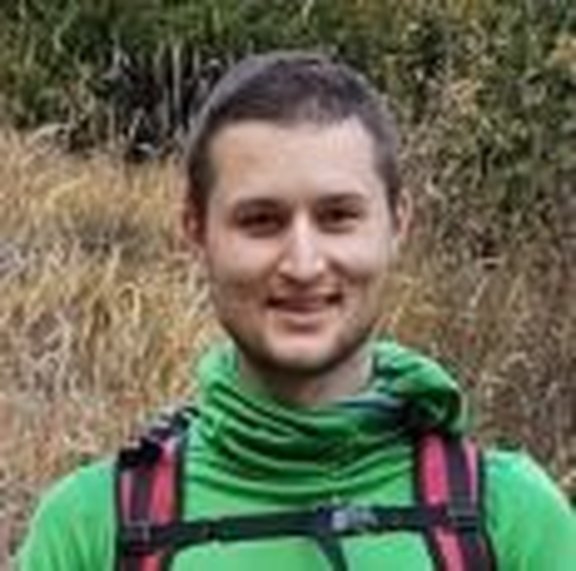
Observation and Modeling of Cascade Processes at the Reissenschuh (Schmirn, Austria)
Supervising board members: Barbara Schneider-Muntau, Bernhard Gems, Margreth Keiler, Martin Rutzinger, Thomas Zieher
The natural hazard process of deep-seated gravitational slope deformation (DSGSD) poses multiple threats to infrastructure in mountain regions, but also secondary processes like rockfall and debrisflow within the DSGSD cascade system have to be considered. The PhD project of Johannes Branke applies an interdisciplinary approach to investigate these process cascades linked to DSGSDs in an alpine catchment. As primary investigation site the DSGSD below the summit of Reissenschuh (Schmirnvalley, Tirol, Austria) was chosen. Existing earth observation time series will be extended using differential global navigation satellite system (DGNSS), terrestrial laserscanning (TLS) and photogrammetry. The resulting displacement time series in combination with geotechnical field and laboratory analyses will be applied to geotechnical process models identifying triggers and assessing slope stability. Regarding the secondary processes numerical modelling of gravitational mass movement processes and debrisflows with their respective run-out events will be conducted.
Christoph Daxer
Earthquake history in Carinthia
Supervising board members: Michael Strasser, Jasper Moernaut
Lotte de Vugt
Improving physically-based landslide modelling in South Tyrol
Supervising board members: Martin Rutzinger, Thomas Zieher, Barbara Schneider-Muntau
Stephan Fuhrmann
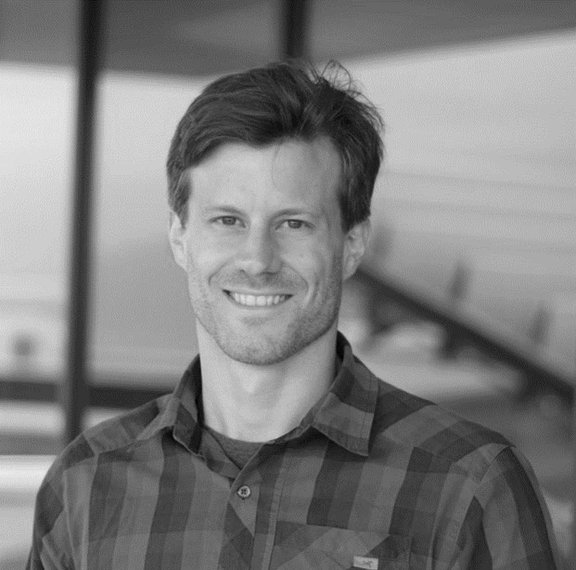
Dating of rock slope failures and rock scarps using novel and classical optical dating techniques
Supervising board member: Michael Meyer
Recently, a new Optically Stimulated Luminescence (OSL) dating approach, making use of the remnant luminescence signal in rock surfaces, has been successfully applied to geological features and archaeological artefacts, which have previously been considered as being not amenable to numerical dating. The PhD project of Stephan Fuhrmann is based on such an OSL rock surface dating approach and will combine this novel dating approach with a fundamentally new way of reading out the optical information (and thus age) from rock surfaces containing feldspar minerals (i.e. 2D mapping using a EMCCD camera set-up). This state-of-the-art optical dating approach is combined with classical geological fieldwork to determine the age of rock slope failures and rock scarps and to observe bed load transport in bedrock river channels and braided (i.e. glacier influenced) rivers.
Clemens Hiller
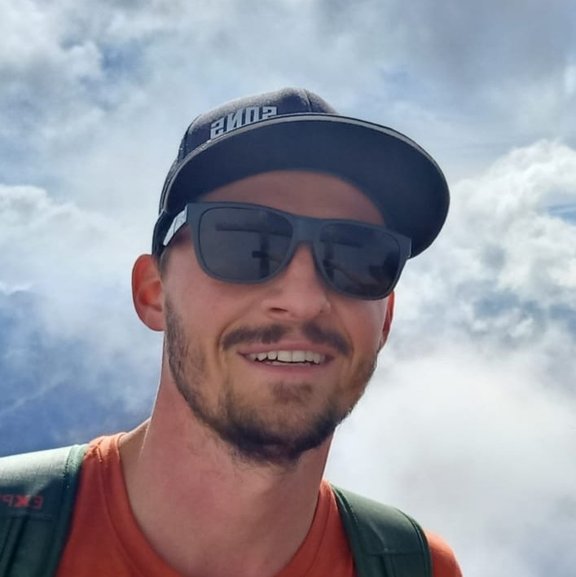
Changing debris cover on Eastern Alpine glaciers: Quantification and hydrological impacts
Supervising board member: Stefan Achleitner
Glaciers and permafrost are retreating in the wake of climate change and are causing a rapid transition from glacial to deglacial conditions with highly intensified geomorphic processes in the proglacial zones and freshly deglaciated areas. The Hidden.ice project investigates the hydrological impact of supraglacial debris deposits in the transition zone from glacier ice to proglacial areas in Austria. The PhD candidate Clemens Hiller focuses his research on the dynamics of bedload transport and the coarse sediment budget in the forefield of the Jamtalferner glacier (Silvretta range, Austria). By capturing present proglacial sedimentary dynamics and the behaviour of high alpine fluvial systems in rapidly changing environments, subsequent future developments can be anticipated.
Simon Hinterwirth
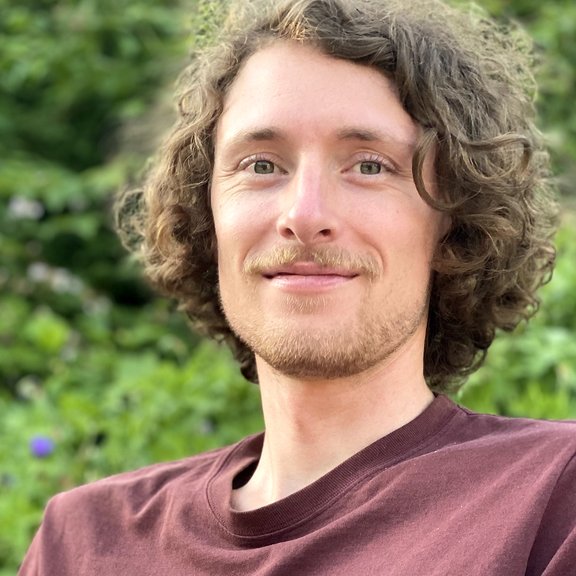
3D-tectonic model and numerical modelling of the Inntal shear zone – seismic hazard of geothermal energy use in the Inn valley, Tyrol
Supervising board members: Hugo Ortner, Barbara Schneider-Muntau
The amplified climate crisis and the need for security of supply without imported fossil fuels, enhance the longing for self-governed, autonomic energy supplies and sustainable energy sources. In Austria, the potential for geothermal energy use is often unknown and widely unused. The GeoEN Inntal project (funded by ÖAW), an integrative approach to connect science and local public, delivers the geological and hydrological framework for future geothermal energy projects (from deep to shallow geothermal energy), in a highly complex tectonic setting, like the lower Inn valley. PhD candidate Simon Hinterwirth focuses on geometric and mechanic numerical modelling of the Inntal shear zone, a large- scale strike-slip fault, with multiphase activity. This integrated modelling approach aims to address recent seismicity and potential changes in stress conditions to fault zones and reservoir rocks, to prevent re-activation, and to reduce induced seismicity.
Andreas Huber
Pluvial flashfloods in pre-alpine regions – hazard assessment on different scales
Supervising board members: Stefan Achleitner, Markus Aufleger
Ishmam Kabir
Exploring the interrelationship between sediment connectivity and multi-hazards
Supervising board member: Margreth Keiler, Bernhard Gems, Martin Rutzinger
Thomas Klotz
Fine constraints on the continental indentation process: high resolution thermo-tectonic analysis of the Dolomites Indenter (eastern Southern Alps)
Supervising board member: Hannah Pomella
Nora Krebs
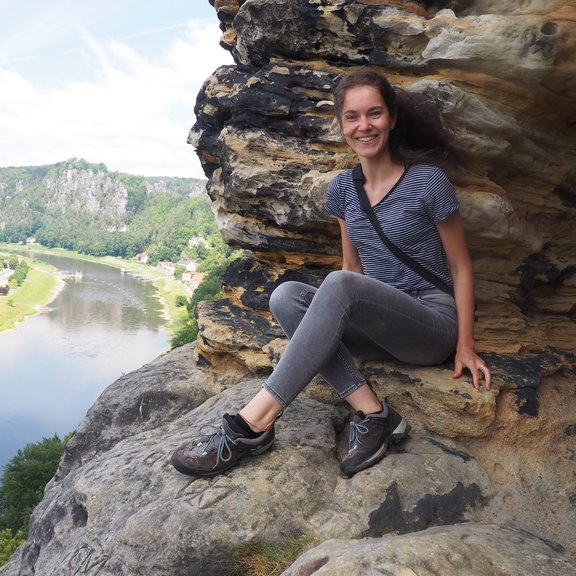
Estimating Snow Water Equivalent in heterogeneous terrain - On the search for good practices in Cosmic Ray Neutron Sensing
Supervising board members: Johann Stötter, Martin Rutzinger
The Snow Water Equivalent (SWE) has a substantial role in hydrological models and forecasts. Up to now conventional measurement systems sense SWE only at point scale, which does not match the spatial resolution of models or complementary remote sensing products. Negligence of the spatial variability of snow pack properties commonly results in inaccurate model input. The PhD candidate Nora Krebs who is part of the Cosmic Sense - DFG-Forschungsgruppe FOR 2694 at the University of Potsdam investigates the applicability of above-ground Cosmic Ray Neutron Sensing (CRNS) to the monitoring of SWE dynamics. The method has a footprint of several hectares which meets the resolution requirements of most models and remote sensing products. The technique can measure SWE independently of snowpack variability, which makes it ideal for an application in Alpine terrain. Current investigations are focused on a network in the proximity of Innsbruck.
Ariana Molenaar
Earthquake impact on lakes – assessing seismic intensity using lacustrine sediments
Supervising board members: Michael Strasser, Jasper Moernaut
Michael Neuhauser
Particle Tracking in Snow Avalanches
Supervising board members: Wolfgang Fellin, Rudolf Sailer
Marcel Ortler
Causes and consequences of extreme geological perturbation events in the upper Traun catchment area (Salzkammergut)
Supervising board members: Michael Strasser, Jasper Moernaut, Tobias Hell
Sarah Schaffer
Constraining extreme fluvial discharge events in Corsica using a combination of classical and EM-CCD-based rock surface dating techniques
Supervising board members: Michael Meyer, Stefan Achleitner
Martin Schafferer
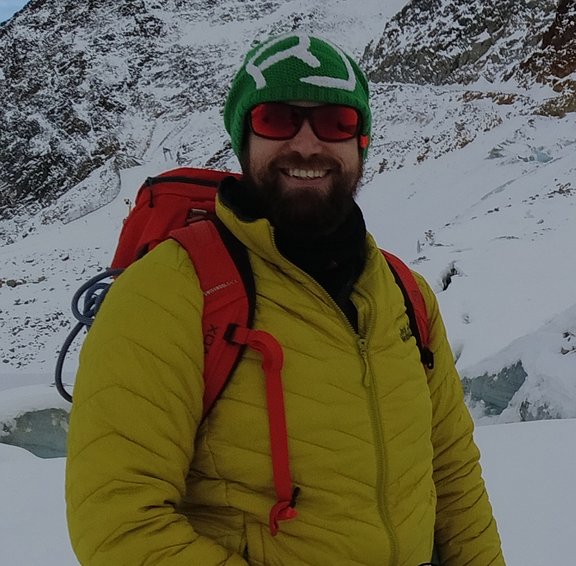
Development of an ultrawide band radar for snow research measuring systems for the acquisition of stratigraphy and snow erosion in the field of avalanche
Supervising board members: Thomas Ußmüller, Barbara Schneider-Muntau
The snowpack structure and individual layers are an important component in the assessment of avalanche danger. In the field of avalanche dynamics, no data on the stratigraphy and snow erosion in motion are currently collected. The dissertation aims to develop a suitable measurement system and measurement network that records exactly these data. Radar technology already offers the possibility to record snow depths and velocity. Because of these existing measurements, the development will therefore focus especially on radar technology to record these data. Stratigraphy and snow erosion will not only be used selectively, but will provide data acquisition over the entire avalanche area.
Manfred Scheikl
Assessment of dynamicstability problems of embankment dam structures on micro- and macro-scale level, employing a coupled DEM-SPH approach
Supervising board member: Barbara Schneider-Muntau, Wolfgang Fellin, Bernhard Gems
Roshanak Shafieiganjeh
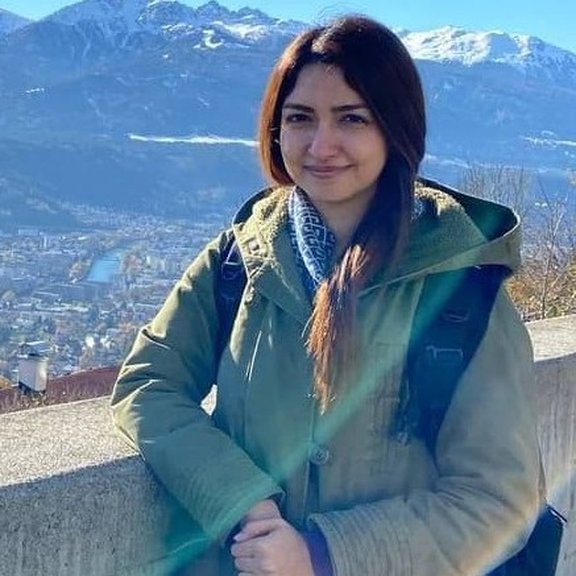
Requirements for the longevity of landslide dams in the Alpine region from a geotechnical and hydraulic perspective - Case-study-based data survey, modelling and hazard assessment
Supervising board members: Bernhard Gems, Marc Ostermann, Barbara Schneider-Muntau, Michael Strasser, Markus Aufleger
Landslide dams are recognized as the natural phenomena occurred when a landslide blocks a watercourse in narrow valleys causing the formation of a lake upstream of the landslide deposit. Detailed field studies on single cases and inventories are accounted as two approaches dealing with this phenomenon. In the PhD project of Roshanak Shafieiganjeh a GIS-based inventory of Eastern-Alps landslide dams including 73 cases is created. In the rest of this project, the main focus will be on numerical modelling of the Obernbergersee landslide dam. The leading aim will be to reconstruct the internal structure of the dam based on the geotechnical properties and hydraulic field measurements. At the end, the flood hazard due to the possible failure of the dam will be assessed.
Mona Siahkouhi
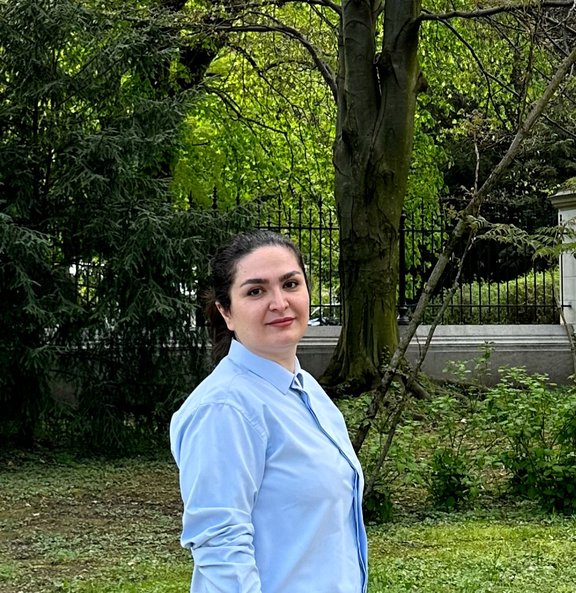
Hidden hazard named liquefaction
Supervising board members: Barbara Schneider-Muntau, Japer Moernaut
For constructions built on or within sandy soils, soil liquefaction is a serious issue. To have an overview of our research planIn order to predict the possibility of liquefaction, some theoretical investigation with Hypoplasticity and Barodesy constitutive models will be done and then would be calibrated by experimental tests in the second step. And finally verifying the findings by a series of numerical modeling.
Anna-Katharina Sieberer
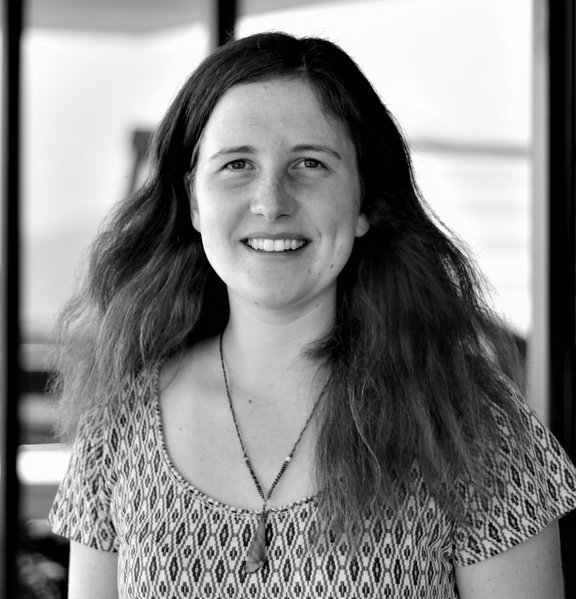
Continental indentation in analogue models: Internal deformation and tectonic evolution of the Dolomites Indenter
Supervising board members: Hugo Ortner, Hannah Pomella, Barbara Schneider-Muntau
At present, the relationship between deep-seated mantle dynamics and their control on the geometry and internal deformation of the Adriatic Indenter remains unsolved. In the PhD project of Anna-Katharina Sieberer (FWF funded), a compilation of existing and a collection of new and comprehensive structural data along major faults, in combination with crustal to lithospheric scale physical analogue modelling sets out to unravel the 4D tectonic evolution of the eastern Adriatic Indenter, the Dolomites Indenter. Findings from physical analogue modelling will be combined with basic numerical modelling in order to get an integrated understanding of the continental indentation process. As part of the AlpArray initiative, with its focus on seismological investigations of the subsurface, this project provides crucial data for an integrated geodynamic model of Alpine convergence.
Jakob Siedersleben
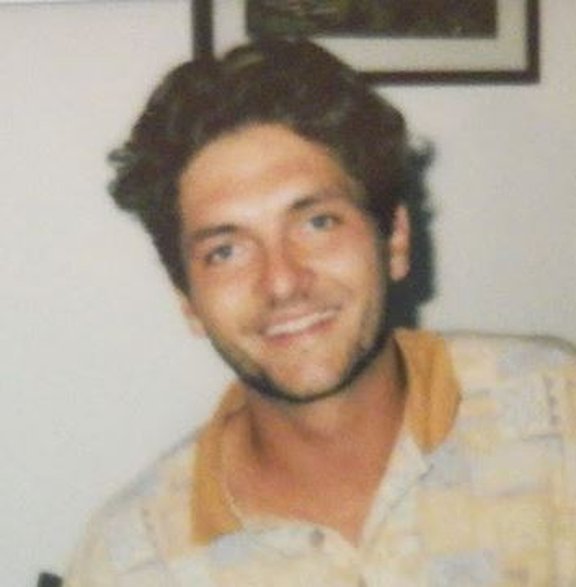
Determination of turbidity and suspended sediment concentration in alpine rivers by evaluating the fullwave information of high-resolution bathymetric lidar datasets
Supervising board members: Markus Aufleger, Stefan Achleitner
This PhD thesis addresses the issue of bed load management in alpine run-off-river hydropower plants. The research employs a combination of physical and numerical modeling techniques to assess the development of river bed morphology and analyze the effectiveness of various measures in minimizing sedimentation and its impact on hydropower production.
Thèo St. Pierre-Ostrander
Towards an Efficient Design of River Confluences to Manage Intense Sediment Impacts from Tributary Torrents
Supervising board members: Bernhard Gems, Martin Rutzinger
Alumni - Completed Projects / PhD-Theses
Yannick Back
Enhancing Multiple Benefits from Nature-Based Solutions to improve Urban Climate Change Adaptation Strategies
Supervising board member: Manfred Kleidorfer
Katharina Baumgartner
Analyse und Evaluierung der praktischen Anwendung von topo-bathymetrischen LiDAR Daten in alpinen Gewässern - Identifizierung morphologischer Strukturen, Erkenntnisse aus der numerischen Strömungs- und Geschiebetransportsimulation (Use of high resolution LIDAR bathymetry data for the analysis of bed morphology in Alpine rivers)
Supervising board member: Markus Aufleger
Simon Berger
Impacts on rigid barriers by flow-like gravitational mass movements
Supervising board members: Robert Hofmann, Martin Rutzinger
Xiaoru Dai
Stability of submerged slopes
Supervising board members: Wolfgang Fellin, Michael Strasser, Barbara Schneider-Muntau, Jasper Moernaut
Andrea Franco
A multidisciplinary approach for landslide-induced impulse waves assessments in natural mountain basins from a cascade analysis perspective
Supervising board members: Bernhard Gems, Barbara Schneider-Muntau, Jasper Moernaut, Michael Strasser, Markus Aufleger
Sinah Kilian
Thrust systems in the western Northern Calcareous Alps – a field based numeric modelling approach
Supervising board members: Hugo Ortner, Barbara Schneider-Muntau
Adrian Lindermuth
Beitrag zum Abflussverhalten seitlich angeströmter Wehranlagen an alpinen Flüssen - Am Beispiel gesteuerter Einlaufbauwerke von Hochwasserrückhaltebecken im Nebenschluss
Supervising board members: Markus Aufleger, Bernhard Gems
Andreas Mayr
Close-range sensing and geomorphological information extraction from images and 3D point clouds: Methods for erosion monitoring in Alpine grasslands
Supervising board members: Martin Rutzinger, Barbara Schneider-Muntau
Patrick Oswald
Postglacial records of Natural Hazards in western Austria (Eastern Alps) - Insights on paleoseismicity and neotectonics, earthquake-triggered rockslides and debris-flow activity from lake sediments
Supervising board members: Michael Strasser, Jasper Moernaut
Jan Pfeiffer
Topographic LIDAR monitoring and modelling of a deep-seated landslide for evaluating nature-based stabilization measures
Supervising board members: Martin Rutzinger, Johann Stötter, Barbara Schneider-Muntau, Zieher Thomas
Maddalena Sammartini
Morphometrics and frontal emplacement style of lacustrine landslides - A combined statistical and geotechnical approach
Supervising board members: Michael Strasser, Jasper Moernaut
Fabian Schranz
Applications and developments of Barodesy
Supervising board member: Wolfgang Fellin
Tobias Schwestermann
Event deposits archived in the geologic record of the hadal Japan Trench
Supervising board members: Michael Strasser, Jasper Moernaut
Michael Sturm
Einwirkungen fluviatiler Fließprozesse auf Gebäude - Beitrag zur physikalischen und numerischen Modellierung der Prozess-Objekt-Interaktion am Beispiel der Fallstudie Schwemmkegel Schnannerbach
Supervising board members: Bernhard Gems, Markus Aufleger
Benjamin Winter
Flood risk modelling: development and comparison of two approaches for heterogeneous flood event generation in alpine catchments
Supervising board member: Johann Stötter
